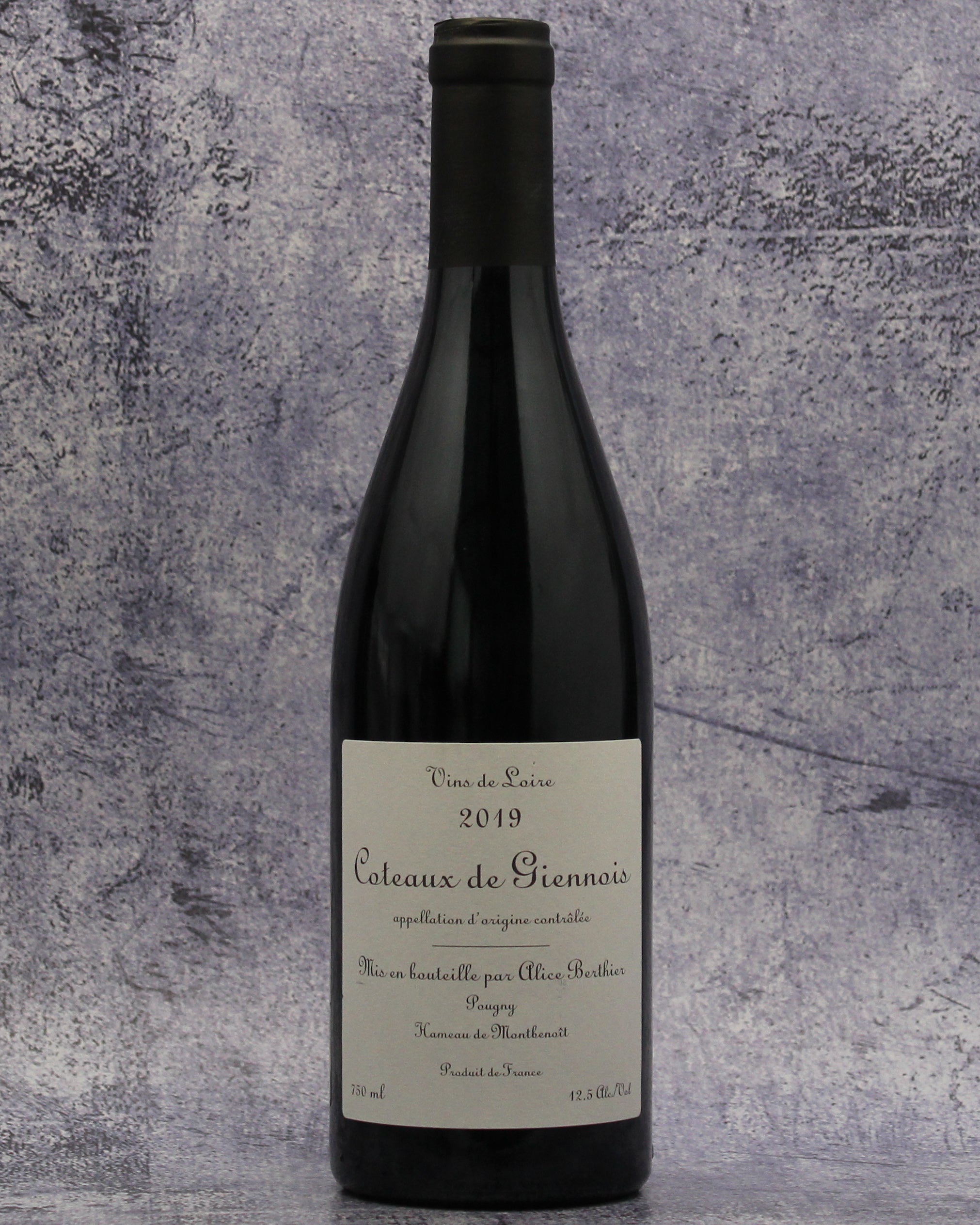Description
From: Côteaux du Giennois, Loire Valley, France
Varietals: 85% Pinot Noir, 15% Gamay
Tasting Notes: On the nose and the palate, flavors of black cherry, wild strawberry, blackberry, and cranberry dance around a pomegranate seed core, with undertones of forest floor, crushed stone, and hints of pepper/baking spice. This wine comes across with a lovely mix of crunchy red and black fruit and rustic earthiness that will pair well with a wide range of savory foods.
Pairing: The Loire Valley has a tradition of breeding very high-quality chicken (known as 'Volailles d’Ancenis’) since the 19th century. To riff on this from here in Seattle, we recommend splurging on a roast chicken from the Beast and Cleaver and serving it alongside creamy potatoes and/or mushrooms. While you’re there, you could also pick up one of their house-made rillettes—another pairing commonly found in the Loire. Other great options include a savory onion tart, grilled portobello mushrooms, a chicken pot pie, pork chops, or even steak. For today’s pairing, we’re sharing Kay Chun’s recipe for Mushroom Piccata.
About. Many thanks to the team at Mary Taylor Wine for the following information. This wine was the first of her MT3 Series, which consists of wines from slightly smaller farms and appellations.
Just north of the famous Loire appellations Sancerre and Pouilly-Fume lies the small and quiet Coteaux du Giennois. Little known outside of France, Coteaux du Giennois just received AOP status in 1998 - yet it has been producing wine since the 2nd century. Vineyards here were given as gifts by the French royal court as early the 800s, and with the establishment of monasteries in the Middle Ages, vineyards and viticulture flourished. Here between Gien and Cosne-sur-Loire, the cold continental influence from the east is tempered by the Loire River.
Alice Berthier and her team work their hillside vineyards with the utmost respect for the environment, planting grass between rows, encouraging biodiversity, and using natural forms of pest control such as sexual confusion. Yields are carefully controlled and the estate is in organic conversion.
Our Coteaux du Giennois red vines are planted on the complex soils of Pougny and Saint Père, small villages in the heart of the Central Vineyards. The terroir is a mix of 50% silex soil from the town of St Père, and 30% limestone and 20% clay from the town of Pougny, along the Loire River. Each plot is vinified separately and brings its own complexity to the final wine. In the cellar, grapes are pressed gently with a pneumatic press and fermented with indigenous yeasts in vats for 10 to 14 days, with twice daily pump-overs for gentle extraction. When the wine completes malolactic fermentation, it is racked and aged for 10 to 12 months before bottling.

